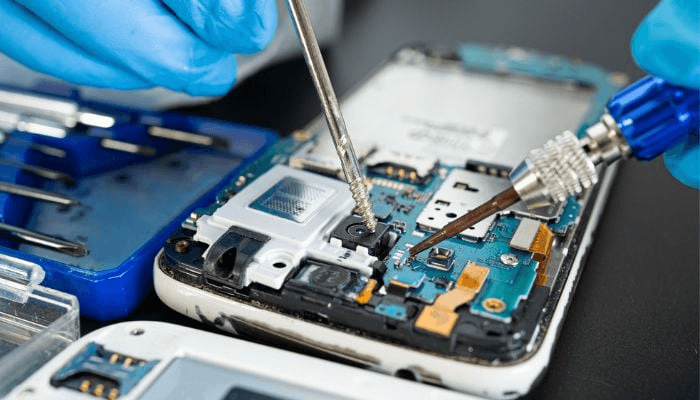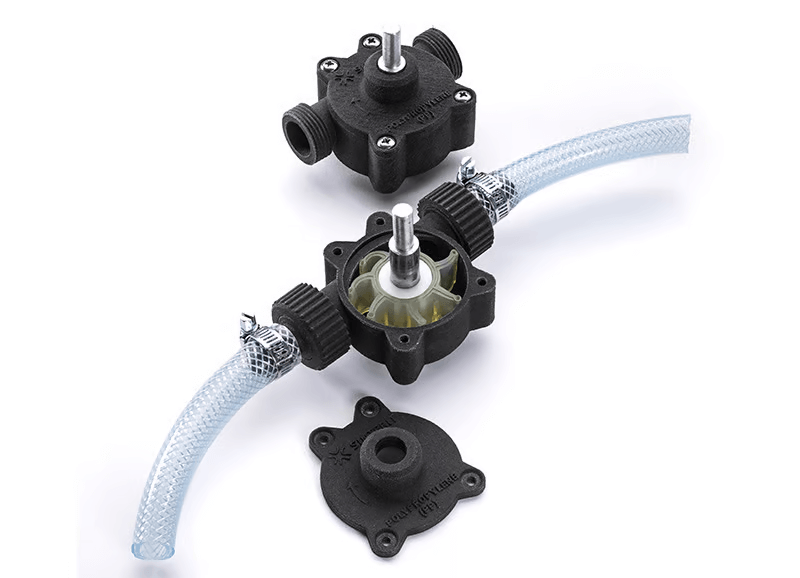
The large volume of waste generated so far has resulted in a significant negative
impact on the environment.
In fact, according to the European Commission, premature disposal of goods produces 35 million tons of waste and adds 261 million tons of CO2 each year.
The situation is also a problem for consumers themselves, who suffer annual losses of 12 billion euros by throwing away their products, which could be avoided by repairs.
After an initial vote of 38 to 2 in the IMCO committee, the EU began the discussion process to adopt a number of measures to make it more convenient for consumers to repair rather than buy new.
In addition, one of the key factors for flexible spare parts manufacturing is
additive manufacturing, which is a significant part of the committee's argument for the viability and effectiveness of adopting right-to-repair measures.
The measures proposed by IMCO serve to extend the life cycle of consumer products and contribute to the protection of the environment. The benefits arising from the repair instead
replacements, are a frequently discussed topic that comes with its own set of requirements and responsibilities from both manufacturers and users who use these products.

In its latest vote, IMCO endorsed its position on the right to repair, which outlines the position that will be voted on in November. Their position includes details such as how retailers and manufacturers are required to repair products free of charge within the statutory warranty period. On the other hand, repair may be overlooked if a new product is cheaper than repair, or if the return of the item is inconvenient for the consumer. However, repairs should be made more attractive to consumers through various additional factors, such as extending the warranty of repaired goods by one year or through vouchers. Companies will also pay to repair a certain amount of products that are not covered by statutory warranty, including technical devices, for example. Companies can also loan goods to customers to provide a replacement service during repairs.

The right to repair will also create a new service environment around repairs. Accordingly, workshops, independent technicians and consumers will have access to the necessary spare parts at any time throughout the product life cycle without having to spend a fortune. Access that can be further enhanced through online platforms that provide information on repair conditions, options and locations. EU parliamentarians hope that the right to repair will reduce repair costs, increase competition and provide more choice for customers. 3D printing is well-positioned to serve as a means of facilitating repairs, as additive manufacturing allows for the replacement of one broken part in a set without the need to replace everything, or the ability to make repairs directly on damaged surfaces, as we have already in the aerospace and rail industries, for example.
René Repasi (S&D, Germany), IMCO committee member, also commented on the importance of the degree of right to repair: “ Today we have established direct repair obligations for manufacturers and are introducing new incentives for consumers to choose repair. We have strengthened the role of independent workshops and put them at the [centre] of improving repair in Europe. Through better access to relevant technical repair information and affordable spare parts for workshops, including promoting 3D printing for parts, greater competition will reduce repair costs. We combined this with an obligation on Member States to create financial incentives to boost the repair sector .”

The final version of the right to repair is still awaited, while MEPs will vote on the draft mandate at the upcoming plenary session in November and discuss the way forward.
0 Comments